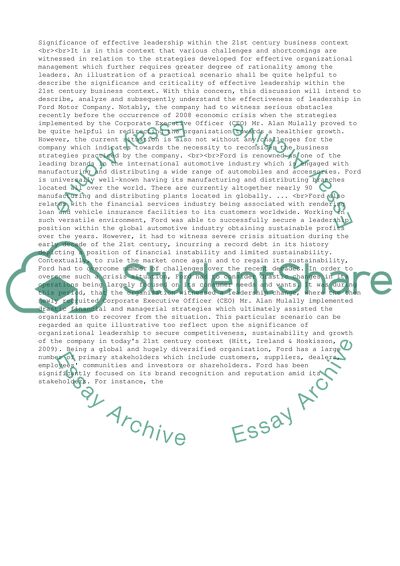Cite this document
(“Significance of effective leadership within the 21st century business Assignment”, n.d.)
Significance of effective leadership within the 21st century business Assignment. Retrieved from https://studentshare.org/management/1465644-significance-of-effective-leadership-within-the-21st-century-business-context
Significance of effective leadership within the 21st century business Assignment. Retrieved from https://studentshare.org/management/1465644-significance-of-effective-leadership-within-the-21st-century-business-context
(Significance of Effective Leadership Within the 21st Century Business Assignment)
Significance of Effective Leadership Within the 21st Century Business Assignment. https://studentshare.org/management/1465644-significance-of-effective-leadership-within-the-21st-century-business-context.
Significance of Effective Leadership Within the 21st Century Business Assignment. https://studentshare.org/management/1465644-significance-of-effective-leadership-within-the-21st-century-business-context.
“Significance of Effective Leadership Within the 21st Century Business Assignment”, n.d. https://studentshare.org/management/1465644-significance-of-effective-leadership-within-the-21st-century-business-context.


